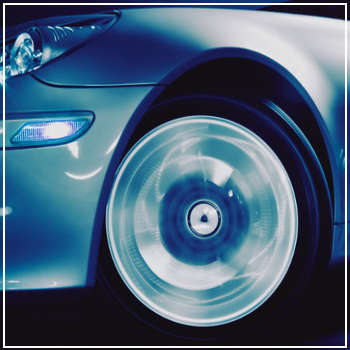What Does the TPMS Light Really Mean?
The orange horseshoe symbol with an exclamation mark is a clear signal that something is wrong with your tire pressure. However, the behavior of the light can tell you more about the issue. Here are three common situations: If you see the TPMS light, you can take a quick step to check your tires. Many gas stations offer air pumps and tire gauges so you can inflate your tires back to the recommended pressure. Always refer to your vehicle manual for the correct PSI values. Low tire pressure isn’t just a minor inconvenience—it can significantly affect your driving experience and safety. Tires are the only part of your car that makes contact with the road, so their condition plays a huge role in how your vehicle handles. Here are some effects of underinflated tires: Ignoring low tire pressure can lead to costly repairs and even dangerous situations on the road. Regular checks and maintaining proper inflation are simple steps that can save you time, money, and stress in the long run. When you're unsure about your vehicle's condition, it's always wise to seek help from experienced professionals. At DaSilva’s Auto Body Shop, we understand the importance of tire health and offer expert services to keep your car running safely. From tire inspections to full auto body repairs, our team is here to help. Don’t wait until it's too late—contact us today to schedule a check-up and ensure your vehicle is in top shape. YANGZHOU MAXTONE COMPOSITE CO.,LTD. , https://www.maxtonetruckbody.com While many drivers overlook the TPMS light on their dashboard, it’s actually one of the most important indicators for your safety and vehicle performance. The Tire Pressure Monitoring System (TPMS) alerts you when one or more of your tires are underinflated. Some people might think that as long as the tire isn’t completely flat, there's no need to worry. But ignoring this warning can lead to serious consequences.
While many drivers overlook the TPMS light on their dashboard, it’s actually one of the most important indicators for your safety and vehicle performance. The Tire Pressure Monitoring System (TPMS) alerts you when one or more of your tires are underinflated. Some people might think that as long as the tire isn’t completely flat, there's no need to worry. But ignoring this warning can lead to serious consequences.What Does the TPMS Light Mean?
Why Low Tire Pressure Matters